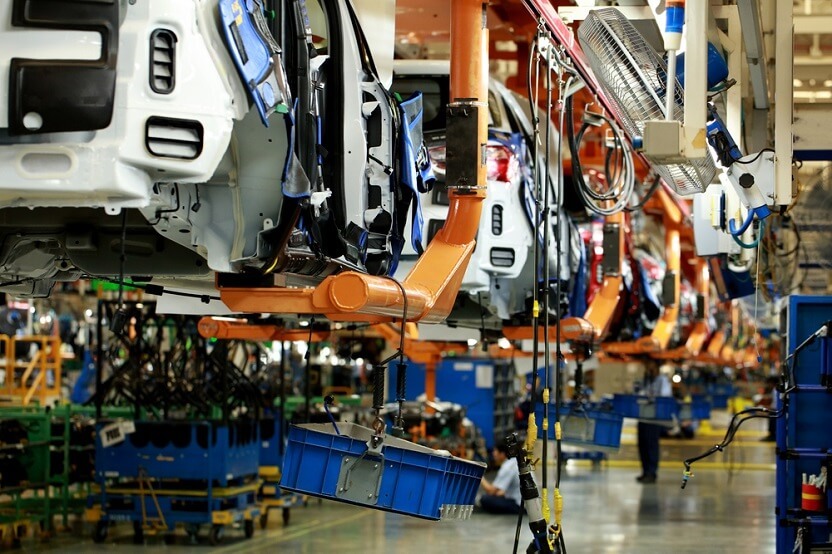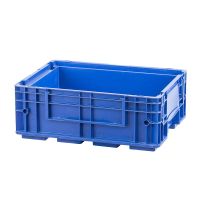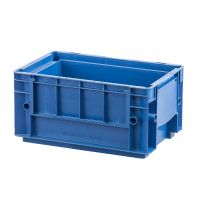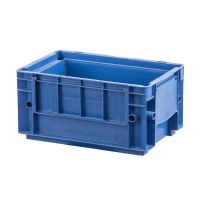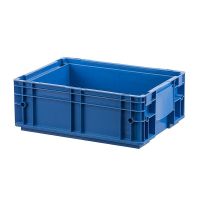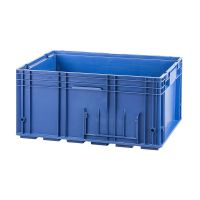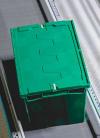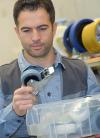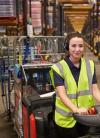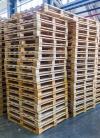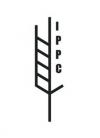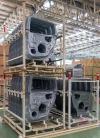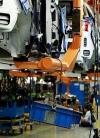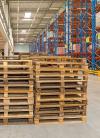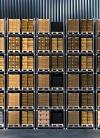Companies that grow thanks to development and improvement will not die. But when a company ceases to be creative, when it believes it has achieved perfection and now only needs to produce - it's over. (Henry Ford)
Ford was the creative force behind an automotive industry of unprecedented size and wealth that, in just a few decades, has permanently changed the US economy. He was also the main developer of assembly line technology for mass production. By creating the first car that middle-class Americans could afford, he transformed this car from an expensive curiosity into an affordable mode of transport that had an irreversible impact on the realities in which we live. He was convinced that companies had to make more and more improvements to keep pace.
And it does. The modern automotive industry is constantly developing, introducing new technologies and increasing sales. Thus, manufacturers of different spheres are involved in the creation of one car. As a result, over 400 component suppliers can participate in the assembly of one car model. Currently, the supply of car parts from many companies in different countries must be carefully coordinated to ensure a smooth production and assembly process.
Packaging development and cost reduction - 2 in 1
One of the most important changes brought about by the new conditions in the world economy is strict monitoring of costs. Logistics and packaging are among the first areas to be analysed.
In 2008, one of the most innovative and successful car manufacturers in the world drew attention to the fact that packaging should be a key factor in lowering overall logistics costs. Over time, this statement was confirmed by the trend of changes in packaging solutions in the automotive industry.
The production cycle influences the choice of logistics and packaging
A major aspect that has led to a complete change in the way packaging materials are designed and manufactured for the automotive industry is how the industry works. Decades ago, cars were designed, manufactured and assembled in one place or with the help of suppliers located in close proximity to the main production plant.
Today, cars are designed at headquarters, parts are manufactured in different countries, and shipped from one facility to the next until they hit the assembly line and the car moves. This new production process involves moving multiple packages from one production facility to another, then to a central warehouse, and finally to an assembly facility.
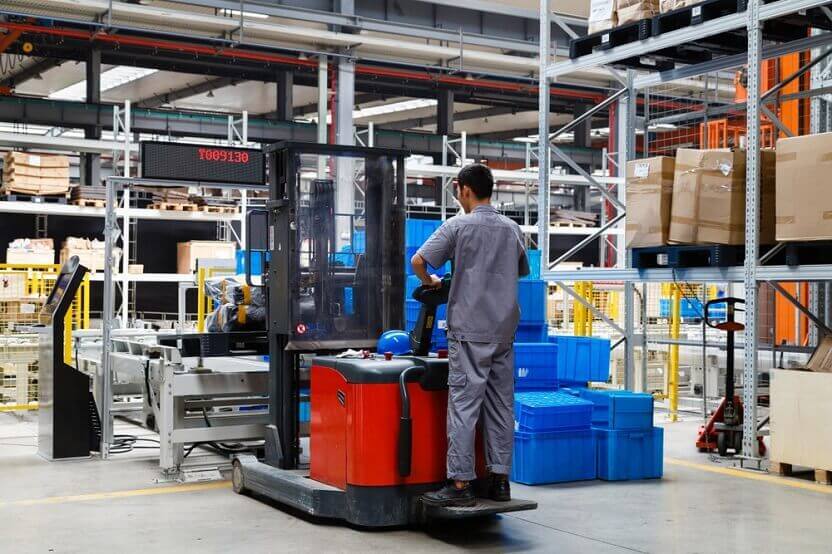
Standardisation of packaging is the key to success in the era of globalisation
To simplify logistics, more and more car manufacturers are adopting a single packaging standard, thus ensuring cost savings and reliability throughout the entire supply chain. The safety of goods in transport depends on the reliability of the packaging. Therefore, how the goods are stored and transported is critical to the entire car manufacturing process.
The Rotom Group is now a strong partner in this process, providing a full range of special containers dedicated to the automotive industry. We supply KLT plastic containers, foldable crates, Euro containers and all kinds of necessary accessories. All our packaging is standardised to meet industrial requirements. We also take care to provide high-quality materials for the production of packaging, so that they protect the components stored in them.
Speed of work on the assembly line versus the use of KLT containers
The automotive industry is highly automated. This is an industry that deals with:
- Big and heavy parts and components.
- Sensitive hardware that requires cautious handling.
- Maximum precision in correctly matching each part.
These three characteristics of production exclude manual labor. This includes the entire process from manufacturing parts to storing them in stock and selecting components for the assembly line.
KLT plastic containers - new stars on the automotive scene
The European automotive industry is one of the most powerful in the world, with a long tradition of innovation and excellence. German automotive industries have reached the level of specialisation and development that allows them to create their own packaging standards. That's why the German VDA (Verband der Automobilindustrie) has developed different ranges of the same basic KLT model to meet different production needs.
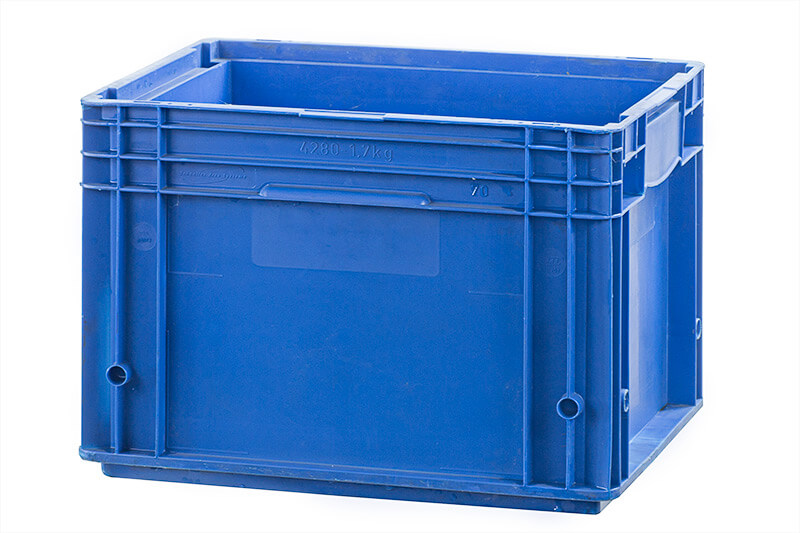
What does VDA-KLT mean?
VDA-KLT stands for "Kleinladungsträger" which means "small load carrier" and is a standardised container for transport and storage according to the Association of the Automotive Industry (VDA).
Small load carriers are open containers for storing loose products and are mainly used in controlled assembly lines. VDA plastic containers are suitable for storing parts and raw materials needed in a production plant. Their construction, features and properties were determined by the principle that most of the work is done by robots, not people.
What is the standardisation of KLT containers?
In accordance with the VDA standard, the material from which the containers are made is only polypropylene plastic in fixed colors. In this way, at the end of their useful life, containers from different manufacturers and customers can be recycled together where they serve as raw material for the production of new small load carriers. These design features of KLT containers enable versatile, economical use in the field of transport, storage and conveyor technology and are therefore highly appreciated in many different industries.
The most important containers in the automotive industry
Performing activities in a specific order makes the entire production, storage, shipping process smoother and faster. Once you have a clear sequence of operations, you can allocate packaging materials accordingly. Thus, the VDA C-KLT and R-KLT containers are useful in the production hall where robots and conveyors produce, load and travel along the belt.
-
The C-KLT series has a double wall and a perforated base
The designation C on small load carriers stands for "Classic". These containers are double-walled and therefore can carry not only 20kg like all others, but products up to 50kg. Thanks to the holes in the base, it is easier to get rid of unnecessary liquids during transport during the assembly line. It is an ideal container for various storage positions and for carrying heavy loads. The C-KLT series is the strongest and most reliable type of VDA-approved container, with a ribbed base for easy stacking.
-
R-KLT series has a smooth base which allows it to be moved on conveyor belts
R stands for "Redesign" and describes single wall, rigid small load carriers with a composite base and a fill capacity of up to 20kg. The R-KLT is a lightweight version of the C-KLT, offering the same strong structure but simpler design. The reinforced base withstands high loads and the design allows easy drainage of liquids during the cleaning process.
-
RL-KLT series with smooth base and water drain holes
The RL-KLT container stands for "Redesign Light". These small load carriers are ideal for areas where liquids need to be evacuated from certain stages of automated production. Their smooth base makes small load containers very easy to clean, even in industrial systems. The sliding elements allow the handles to be mounted vertically, and special openings allow the cover to be sealed. The RL-KLT container has a flat base, minimal design and is lightweight, making it an ideal choice for light to medium duty loads.
So what makes VDA-KLT containers so special?
1. They are environmentally friendly : a uniform material specification saves resources, and by eliminating single-use, external and internal packaging, a lot of unnecessary waste is avoided.
2. Due to standardised design features, it is not necessary to use several different containers for transport and storage. KLT are optimised and suitable for almost all automatic filling and emptying systems.
3. Ergonomic design KLT allows workers to work more comfortably than with other load carriers. In addition, KLT containers have low noise emissions on conveyor lines and can be handled flexibly and mechanically.
4. Composite stacking is the same worldwide regardless of manufacturer. This offers the advantage of compatibility of different manufacturers with small payload carriers.
5. KLT containers withstand extreme temperatures from -20°C to +80°C and are resistant to most oils, acids and bases.
By creating such extremely practical and technologically adapted solutions as KLT containers the automotive industry has proved its maturity - the ability to adapt and survive. We are still working on discovering new logistics solutions in the automotive industry. The current packaging solutions are aimed at reducing costs through extended use, lowering transport costs and perfect protection of goods thanks to the use of specialised construction and high-quality materials.
If you are interested in this article and would like to learn more about the packaging offer for the automotive industry, contact us. The plastic containers and boxes we offer are available for sale or rent. The containers are made according to high quality standards, so you can be sure of their long life.


